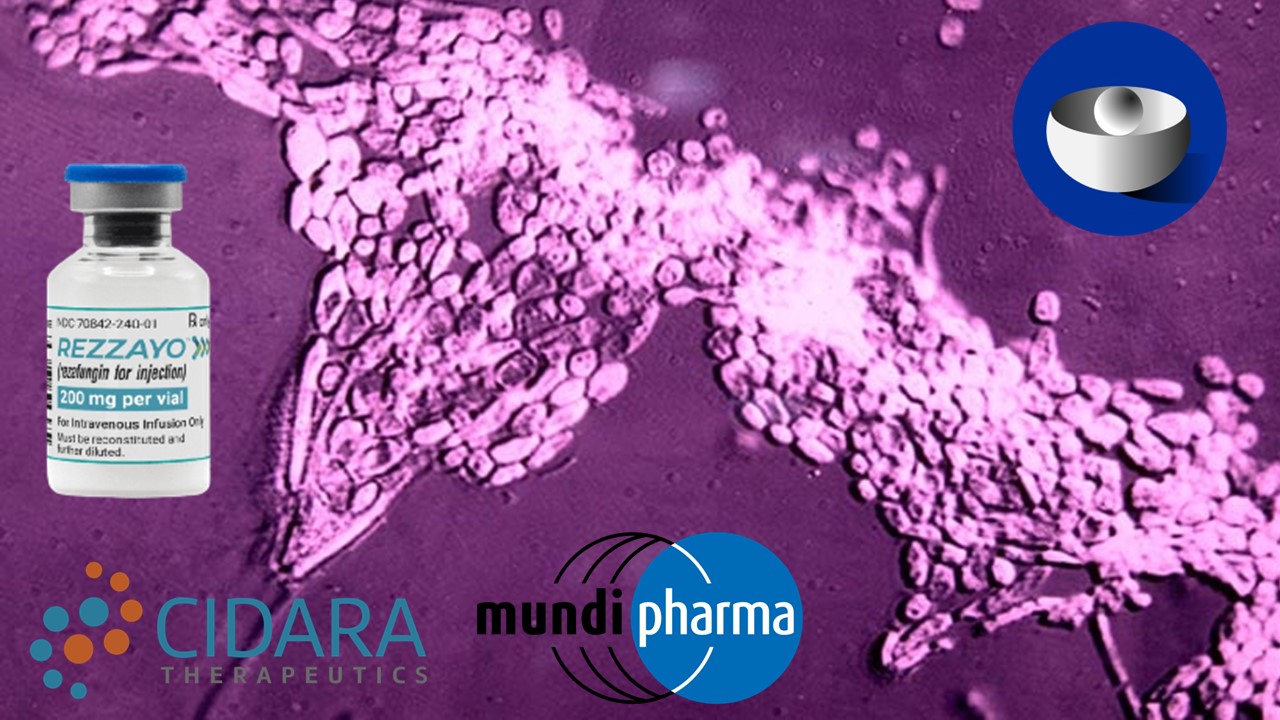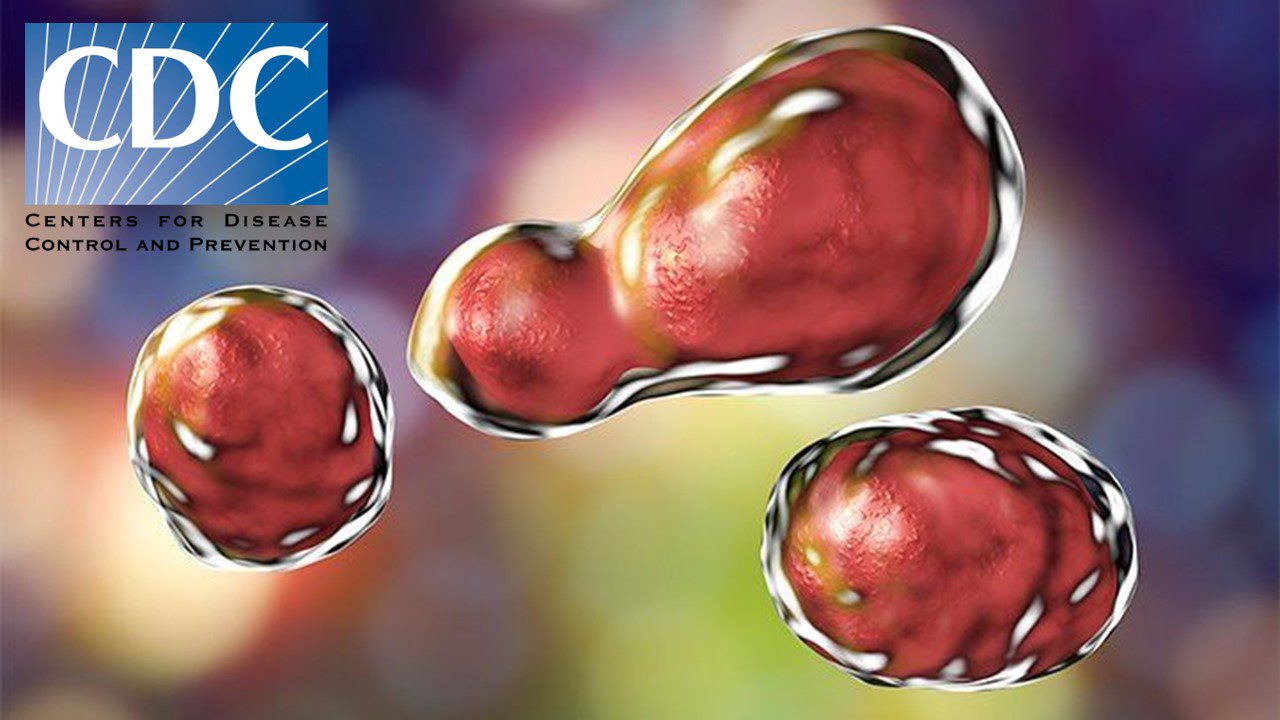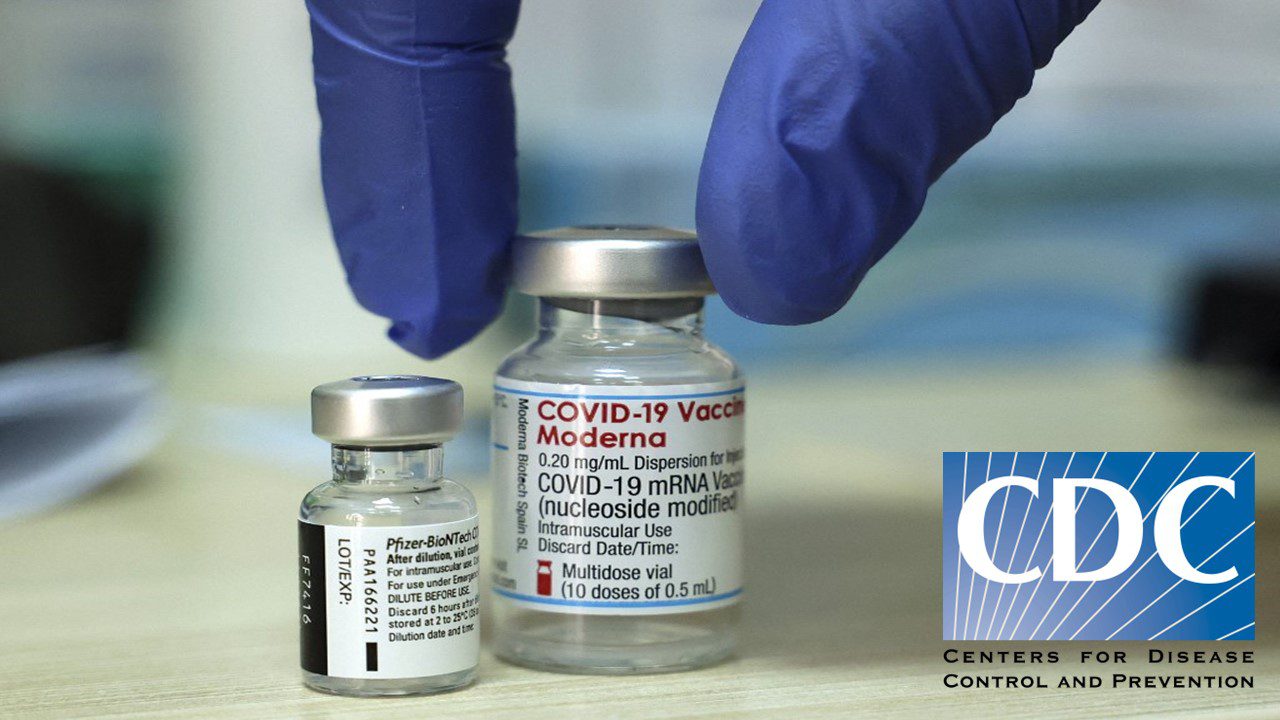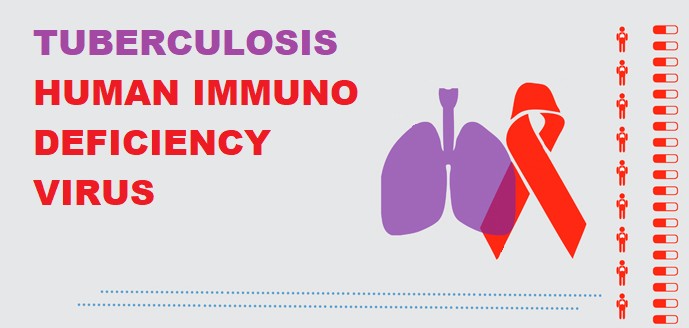The pandemic has had widespread effects on the entire life sciences industry – and academia, which were faced with the need to innovate novel treatments and vaccines to lessen the burden of disease. The industry rose up to this challenge – only to be faced with another one: convincing the world that these products – developed at breakneck speed, at record timelines, and often only having just received emergency use authorization – were safe. The process of doing so has had unprecedented impacts on how we approach the field of pharmacovigilance, and these consequences are expected to linger: we explore some of them here.
Upending Tradition
The traditional flow of information regarding drug safety starts with the reporting of adverse events – whether that be for investigational products or for post-market surveillance. These are then forwarded to manufacturers and market authorization holders. Only afterwards do these reach regulatory agencies – which hold the ultimate decision-making responsibility for whether a drug is or remains safe for its indications. The viability of this model would come into question when facing a disease with hundreds of thousands (and, at times, millions) of new infections per day.
Consistent with its effects on clinical trial practice, the start of the pandemic initially saw a decline in the spontaneous reporting of adverse events – the backbone of pharmacovigilance. A review established a gradual, and statistically unexpected, decrease in reporting activity not merely from consumers, but, crucially, from healthcare practitioners. This highlights the pressures that medical staff had to endure during an unprecedented global health crisis – and presents the need for innovation to increase the resilience of our systems in the face of such strains.
A Renewal in Pharmacovigilance
Pharmacovigilance has long been seen as a largely administrative function of pharmaceutical enterprise – a “back office” department, where innovation rarely occurred. This may have been true before the pandemic – but not anymore. Just two years after the pandemic began, 10 vaccines have been granted emergency use authorization by the World Health Organization, with 147 more in clinical development – and 195 at preclinical stages. This is juxtaposed with the normal vaccine development times of over 10 years. When one considers that some of the most widely used COVID-19 vaccines utilize completely novel technology that has not seen market authorization before – such as mRNA-based immunizations, the need for pharmacovigilance to keep up with this pace of innovation becomes even clearer.
This need was underscored by increasing levels of vaccine hesitancy and reinvigorated debates by anti-vaccination groups. Added to these concerns was the reporting of rare, but serious, adverse events resulting from vaccination – such as thromboembolism from the AstraZeneca vaccine. Questions remain over whether such hysteria was productive. Some scientists speculate that the misrepresentation of very rare adverse events in high profile media may have harmed thousands in the long term – for example, through reputationally deleterious effects on the AstraZeneca vaccine. These developments highlighted the need for an agile and proactive pharmacovigilance industry that could preempt such concerns by thoroughly detecting such adverse event signals. One lasting impact is certain: the public is now far more literate and interested in the field of pharmacovigilance, and new products will likely face closer scrutiny.
Seizing the Initiative
A valid question to ask is how does the industry – and regulators – maintain the initiative on detecting signals in drug safety when vaccines are being administered at a pace of millions of doses per day? The answers are multifaceted – but all revolve around involving patients more closely, a trend throughout the field with the rise of novel technologies. The UK’s MHRA realized this early on – and sought to cut the middleman out of adverse event reporting by making its Yellow Card scheme available to consumers of COVID-19 related products.
The EMA implemented similar measures, including the spontaneous reporting of adverse events by patients, as well as embracing the use of real-world data in enhancing drug safety. Regulators and companies around the world have shown renewed interest in adopting similar technologies. With the rise of Decentralized Clinical Trials throughout the field, implementing similar initiatives for patient monitoring and post-marketing surveillance is only natural. This can form part of the answer in tackling the heightened scrutiny and public awareness of pharmacovigilance in the new world brought about by the pandemic.
But the sheer amount of data generated is itself overwhelming. Even with safe and well-tolerated products, as the majority of COVID-19 vaccines have turned out to be, the number of reports generated when nearly ~11 billion vaccine doses have been administered in two years exceeds the capabilities the pharmacovigilance industry may have been accustomed to. Rising to such challenges requires innovations from within the field. One answer would be to further investigate and implement the use of artificial intelligence and big data analytics in processing reports. We explored this subject in a different article.
And, of course, there is the other side effect of the pandemic: collaboration. The shocking effects of SARS-CoV-2 have made evident the need for greater cooperation between pharmaceutical companies – many of our vaccines and best COVID-19 treatments arose from new partnerships. Equally as important is transparency and a rolling dialogue with regulators – which is what enabled the lightning speed rollout of products that would normally take years to reach the market.
These questions will need to be answered as we move forward from the pandemic, but it is clear that the pharmacovigilance industry will not be the same again. The pandemic has brought the unavoidable wave of change – and it is up to us to ensure we change for the better. The need for resilient and agile monitoring processes for drug safety has become crystal clear, and the answers lie in embracing new technologies and fostering a clearer and closer dialogue with patients.
Nick Zoukas, Former Editor, PharmaFEATURES
Join Proventa International’s Pharmacovigilance Strategy Meeting in London to explore the impacts of the pandemic on pharmacovigilance and drug safety in a closed door roundtable format, facilitated by world-leading experts. Exchange ideas with key stakeholders and foster communication and collaboration in a setting that encourages productive scientific discourse.

Subscribe
to get our
LATEST NEWS
Related Posts

Infectious Diseases & Vaccinology
Rezzayo™’s Latest EU Approval for Invasive Candidiasis Breaks Ground in Antifungal Therapy
Rezafungin marks the initial addition to the treatment arsenal for patients grappling with invasive candidiasis in more than 15 years.

Infectious Diseases & Vaccinology
Unmasking the Shadow: CDC Battles the Latest Fungal Meningitis Outbreak in Matamoros, Mexico
CDC tackles fatal fungal meningitis outbreak linked to surgeries in Matamoros, Mexico.











